| |
|
|
|
|
St Dunstan in the West is so
called to differentiate it from the City's other church
dedicated to that saint, the now-ruined St Dunstan in the
East, its splendid tower surviving near to the Tower of
London. St Dunstan in the West is one of two churches
abutting directly onto the north side of the line of
Fleet Street, the other being St Martin Ludgate. The
narrow frontage accentuates the elaborate tower, and you
step inside to the surprise of an octagonal Georgian
church which has been adapted for use by several eastern
orthodox churches.
The architects were John Shaw father and son, and the
construction took place between 1830 and 1833, thus
making this the only City of London church built during
the reign of William IV. It replaced a medieval church
which had been untouched by the Great Fire, but which was
demolished because of street widening. This was the time
of many of the Commissioners Churches, but St Dunstan in
the West is much more interesting than the typical
'carpenter's gothick' churches of that campaign. The
centralised nature of the church would have seemed
familiar to churchgoers of a century earlier, and its
classical plan really looks back to Wren churches like St
Stephen Walbrook, a square with an eastern focus but a
geometric sense of order moving out from the centre.
The northern (liturgical east) chancel, the original main
focus, is now rather put into the shade by the Romanian
Orthodox iconostasis which guards the angled chapel to
the north-west. It came from a monastery in Romania when
these were being destroyed by Ceausescu in the 1960s. A
simpler Russian Orthodox chapel is to the north-east. The
chapel in the south-east forms a baptistery, with panels
from another iconostasis. The many memorials of past
parishioners of this area of writers and lawyers are
crammed into the south-westerly chapels. Many of them
came from the earlier church. One wonders what they would
make of their church if they could see it now.
This is the most westerly of the City of London churches,
and must always have been remote from the centre of power
and influence, a sleepy rural outpost until its
rebuilding. The parish boundary with St Clement Danes,
and the Borough boundary with the City of Westminster,
are a few yards to the west.The
church's former burial ground is a small and, I'm afraid
to say, rather shabby garden forming the entrance to
offices on Breams Buildings, a small road off of Fetter
Lane. It continued in use into the 1850s. There are a
dozen surviving headstones, some rather haunting,
including one to the three small children of Edward and
Anne Marshall. The burial ground is a few hundred yards
north of the church, but now separated from it by the
Royal Courts of Justice.
Simon Knott, December 2015
location: Fleet Street EC4A 2HR - 1/023
status: guild church
access: open 11am-2pm Monday to Friday (till 3pm
on Tuesday)
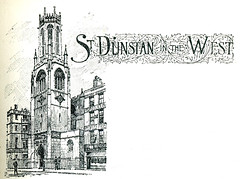 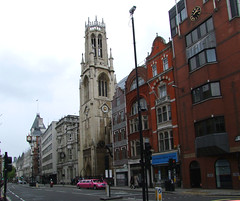 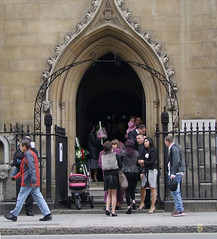  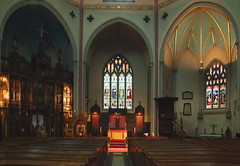 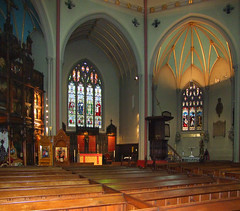 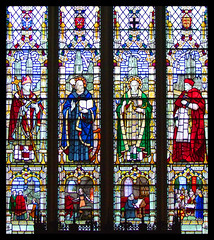 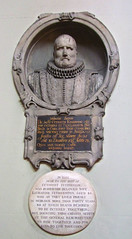 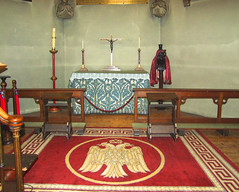 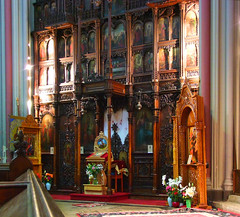 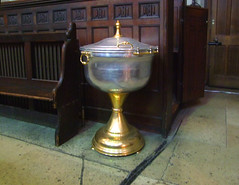 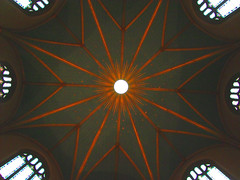 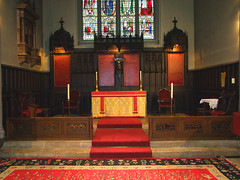 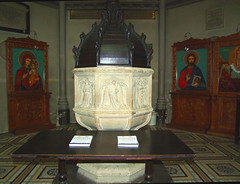
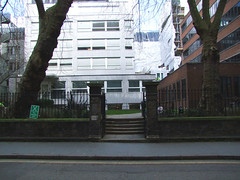 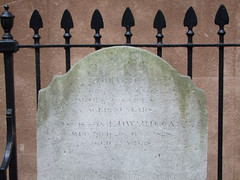 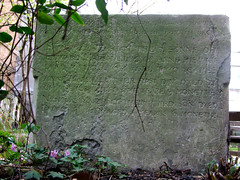 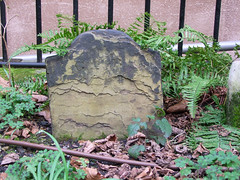
Commission
from Amazon.co.uk supports the running of this site
|
|
|
|
|
|



